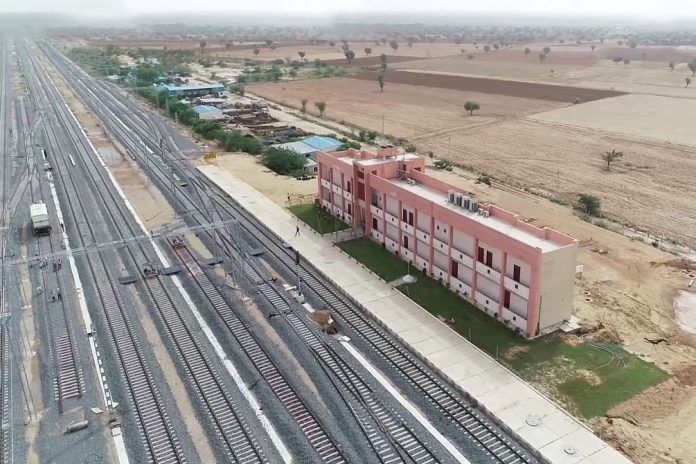Appreciating the rapid pace of completion of the sections since the last two years, Railway Board Chairman and CEO AK Lahoti said 90 per cent of the Dedicated Freight Corridor to be completed by year-end.
Addressing the Chief General Managers conference on Friday (25 August) Lahoti highlighted the fact that about 2,196 km (77.2 per cent) of DFC has already been commissioned.
Currently, 200 trains are running on DFCCIL alignment daily, which will be scaled up substantially over time, said Lahoti.
The organisation should leverage the liberal Gati Shakti Multi-Modal Cargo Terminal (GCT) policy to maximise the number of GCTs along its alignment, he said.
Safety and Asset maintenance are of paramount importance and since DFC is built with the state-of-the-art technology, the highest standard of quality should be maintained by it. This should be personally inspected by all CGMs at ground level, said Lahoti.
Dedicated Freight Corridor Corporation of India Limited (DFCCIL) has submitted the DPRs for the new corridors to the Ministry of Railways, and the ministry will soon take a call on it, Lahoti said.
He stressed on the importance of DFCCIL for Indian Railways and called for the rapid execution of the remaining sections of the remaining freight corridors.
DFCCIL Managing Director Ravindra Kumar Jain spoke of the efforts of team and project partners in the construction of the DFC.
Railway Board PED (Infra) Mukul Saran Mathur also spoke on the occasion.
A detailed performance review and brainstorming of the field units with special focus on the aspects of innovation are the highlights of the two-day CGM Conference.
DFC is a vital cog in the National Logistics Policy which aims to reduce the cost of logistics from 15 per cent of the country’s GDP to 8 per cent by 2030.
The freight infrastructure capacity augmentation by DFC is crucial in the achieving of Indian Railways target of 3000 million tons goods loading by 2030.


